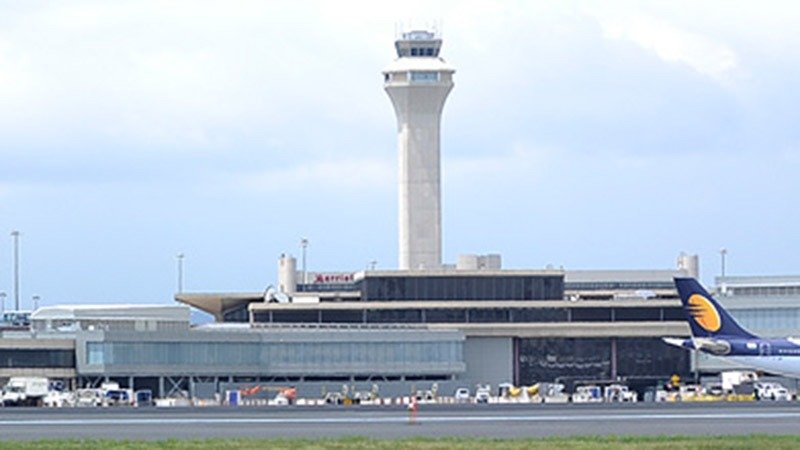On a recent Monday night, Newark Liberty International Airport faced significant operational challenges due to an alarming shortage of air traffic controllers. Reports indicate that the airport was staffed with only three controllers, far below the recommended number of 14. According to sources familiar with the situation, the count of fully certified controllers on duty varied, sometimes dropping to as few as one or two.
This staffing crisis has raised concerns not only about the efficiency of the airport’s operations but also about the potential safety implications of such a shortage. Air traffic controllers play a crucial role in ensuring that flights take off and land safely, managing the complex logistics of one of the busiest airports in the United States.
The impact of the insufficient staff was felt across various airlines and flight schedules, leading to delays and disruptions for passengers. The National Air Traffic Controllers Association (NATCA) has long warned about the implications of inadequate staffing levels in air traffic control facilities, suggesting that operational safety could be compromised.
In the broader context, this staffing shortfall echoes a growing trend within the aviation industry. As travel demand rebounds post-pandemic, airports and airlines are struggling to recruit and retain qualified personnel. Many seasoned controllers have retired, and the training of new hires can take significant time, exacerbating the situation.
To read more about the ongoing staffing dilemmas at Newark and how they affect air travel, click here.
Addressing these challenges is paramount for ensuring that Newark remains a key hub for air travel. As officials work to enhance recruitment and retention efforts, stakeholders in the aviation sector emphasize the necessity for better resource allocation and management to meet increasing demands.
The situation at Newark serves as a critical reminder of the crucial role that adequately staffed air traffic control plays in maintaining the safety and efficiency of air travel. As discussions around improving these conditions continue, the focus remains on ensuring that such staffing shortages do not hinder the future of aviation in America.



